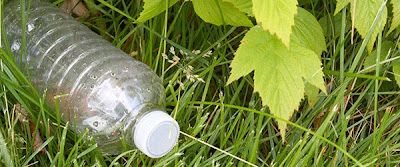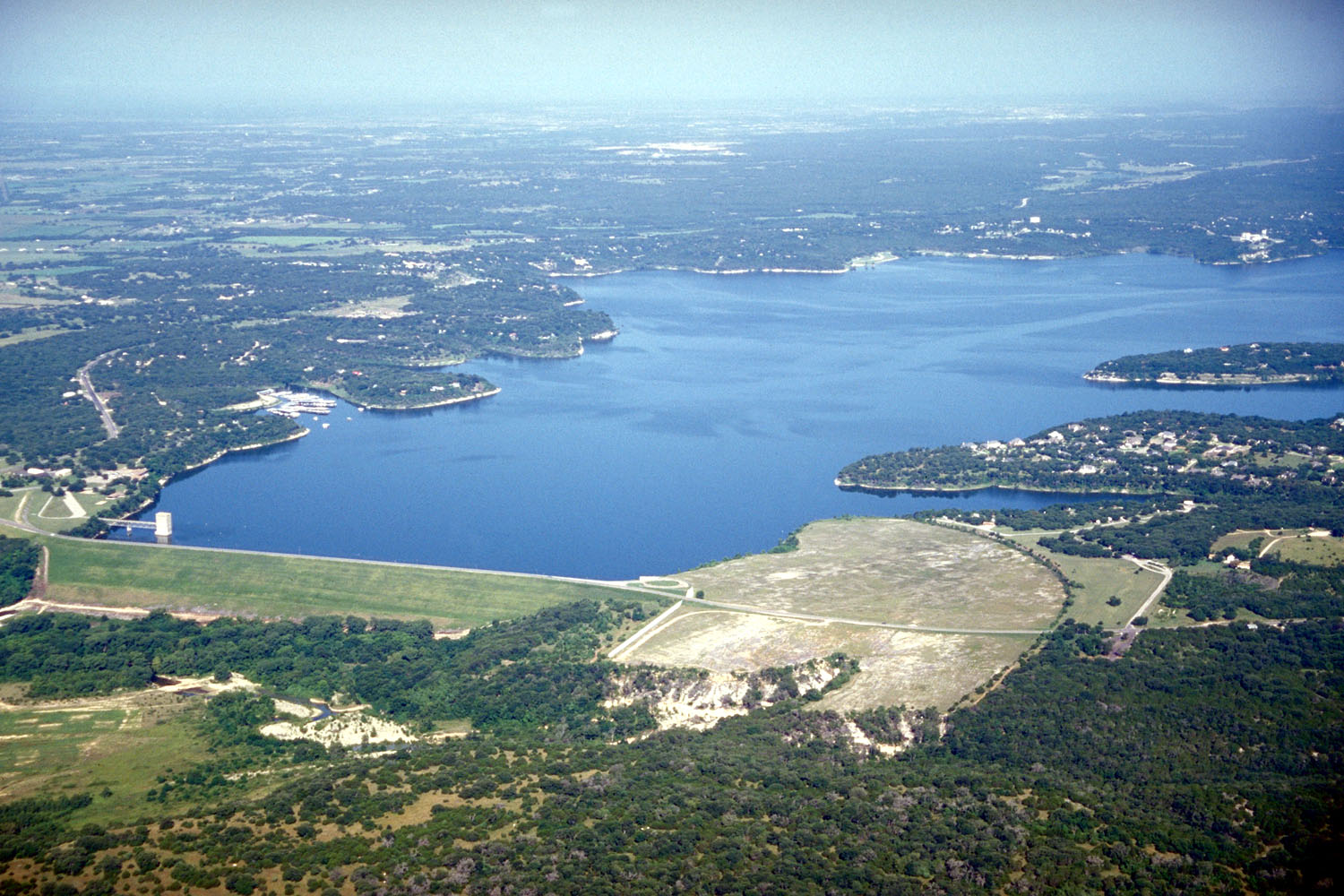Life changing events, like the one I went through last week with the passing of my grandfather, leave you asking lots of questions. These moments cause introspection often to the point of exhaustion. Weeding through the myriad thoughts, small treasures can come forth.
My grandfather's memorial service brought forth some questions and after some pondering, some clarification. The question that I wrestled with was "What would be said when my loved ones gathered to celebrate my life?".
Many of us wear the hat of kayak fisherman. Some of us write some, speak a little, share on forums and get caught up in that identity. I love that part of my life and enjoy helping grow the sport in my little corner of the universe. The reality of it is, that's only a part of who I am. I am guessing that is the case for all of you too.
I know the answer for today but when it's all said and done, what will I be?
I want to be known as quick to lend a hand and slow to judge. I want to be not just passionate but compassionate. I want to be as giving with my things as I am with my ideas. I want people to know me as an advocate for kids in the outdoors, safety, kayak fishing, nature conservation and family.
While I'm not overt about my faith and Christianity, I hope people will afford me grace and forgiveness when I'm an idiot because I am human and sometimes not a great one.
I want my kids to pass on the outdoors to my grandkids if I am blessed enough to have them. I hope my wife understands my love for her is greater than the outdoors.
I have a lot of work to do.
My new projects with Yak Angler will allow me to advocate for my many loves, spread the fun and serenity of kayak fishing with even more people and allow me to refine the writing I do.
The opportunities I've been afforded and embarked upon were all started on a lake shore with my grandfather over 30 years ago. I can hear his laugh in the wind now almost as if he is telling others of our fishing tales from years past. If I can be half the man he was, I'll be twice the man I am now.
What will you be?
My grandfather's memorial service brought forth some questions and after some pondering, some clarification. The question that I wrestled with was "What would be said when my loved ones gathered to celebrate my life?".
Many of us wear the hat of kayak fisherman. Some of us write some, speak a little, share on forums and get caught up in that identity. I love that part of my life and enjoy helping grow the sport in my little corner of the universe. The reality of it is, that's only a part of who I am. I am guessing that is the case for all of you too.
I know the answer for today but when it's all said and done, what will I be?
I want to be known as quick to lend a hand and slow to judge. I want to be not just passionate but compassionate. I want to be as giving with my things as I am with my ideas. I want people to know me as an advocate for kids in the outdoors, safety, kayak fishing, nature conservation and family.
While I'm not overt about my faith and Christianity, I hope people will afford me grace and forgiveness when I'm an idiot because I am human and sometimes not a great one.
I want my kids to pass on the outdoors to my grandkids if I am blessed enough to have them. I hope my wife understands my love for her is greater than the outdoors.
I have a lot of work to do.
My new projects with Yak Angler will allow me to advocate for my many loves, spread the fun and serenity of kayak fishing with even more people and allow me to refine the writing I do.
The opportunities I've been afforded and embarked upon were all started on a lake shore with my grandfather over 30 years ago. I can hear his laugh in the wind now almost as if he is telling others of our fishing tales from years past. If I can be half the man he was, I'll be twice the man I am now.
What will you be?








